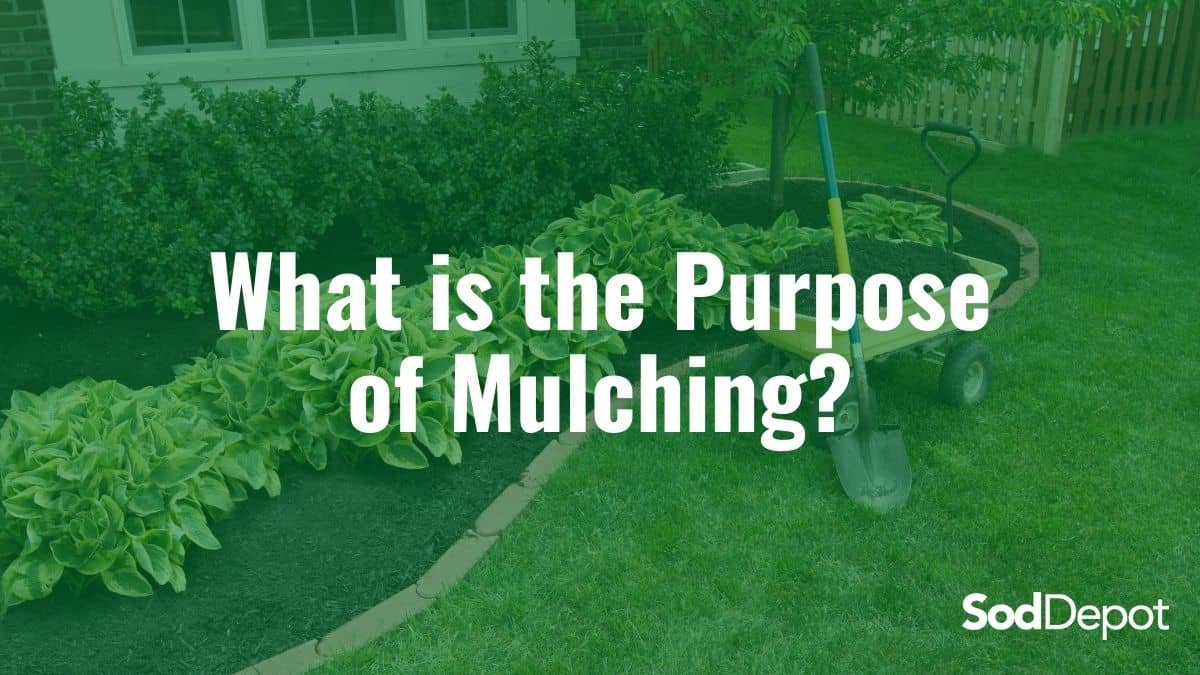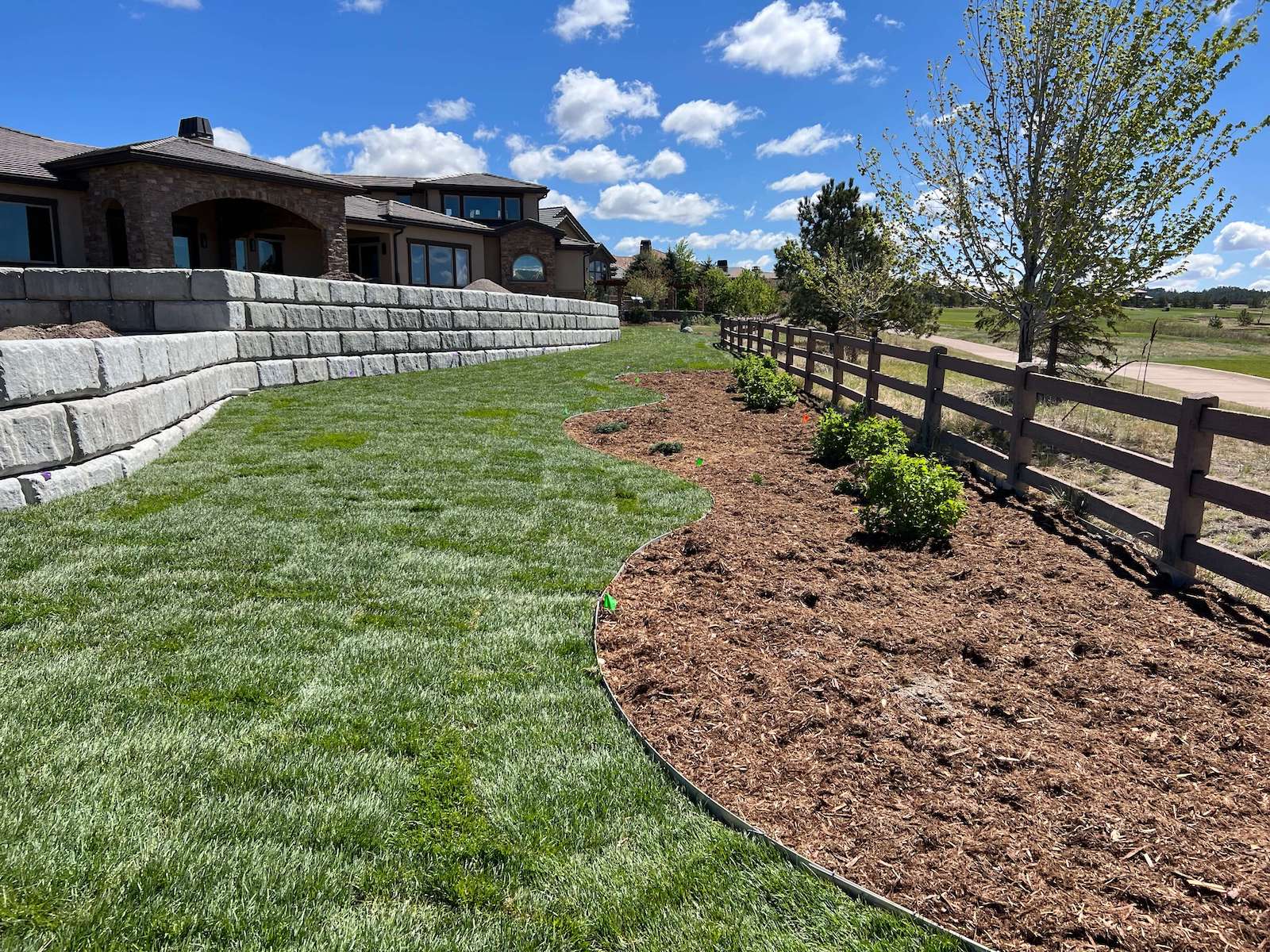The Basic Principles Of Hilton Head Landscapes
The Basic Principles Of Hilton Head Landscapes
Blog Article
The Basic Principles Of Hilton Head Landscapes
Table of ContentsNot known Facts About Hilton Head LandscapesThe Basic Principles Of Hilton Head Landscapes An Unbiased View of Hilton Head LandscapesThe Greatest Guide To Hilton Head LandscapesThe Definitive Guide for Hilton Head LandscapesOur Hilton Head Landscapes StatementsThe 5-Second Trick For Hilton Head Landscapes
Line creates all kinds and patterns and can be made use of in a range of methods the landscape. Line in the landscape is produced by the edge in between 2 materials, the synopsis or shape of a type, or a long straight function. Lines are a powerful device for the designer because they can be used to develop a boundless range of shapes and types, and they control activity of the eye and the body.

Lines can have one or even more attributes, such as those defined below, but they generally serve various objectives. Number 1. Lines in the landscape - Landscaping bluffton sc. The residential properties of lines figure out how people reply to the landscape, both emotionally and physically. Straight lines are architectural and strong; they develop an official character, are typically linked with a symmetrical style, and lead the eye straight to a focal point.
The Buzz on Hilton Head Landscapes
Straight lines are most often discovered in hardscape sides and material. Bent lines develop an informal, natural, kicked back personality that is connected more with nature and unbalanced equilibrium. Bent lines move the eye at a slower speed and include mystery to the room by creating covert views. Vertical lines relocate the eye up, making a room feel bigger.
Upright lines in the landscape include tall, narrow plant material, such as trees, or tall structures, such as an arbor or a bird house on a post. Straight lines relocate the eye along the ground aircraft and can make an area feel larger. Low lines are more suppressed and develop a sensation of rest or repose.
Not known Facts About Hilton Head Landscapes
Lines are also produced by the upright kinds of built features and plant material. There are 3 key line kinds that produce kind in the landscape: bedlines, hardscape lines, and plant lines.
Bedlines connect plant product to the home and hardscape because the eye adheres to the line, relocating the look via the landscape. Hardscape lines are produced by the edge of the hardscape, which delineates the constructed framework. Line can additionally be produced by long and narrow materials, such as a fence or wall surface.
The Of Hilton Head Landscapes
Kind is located in both hardscape and plants, and it is normally the leading aesthetic element that spatially arranges the landscape and typically identifies the style of the garden. The kind of frameworks, plant beds, and garden ornaments likewise figures out the total kind motif of the yard. Formal, geometric forms include circles, squares, and polygons.
Plants develop kind in the yard via their lays out or silhouettes, yet kind can additionally be specified by a space or adverse area in between plants - bluffton landscaping (https://cinnamon-ferret-ktw2xm.mystrikingly.com/blog/transform-your-outdoor-space-with-hilton-head-landscapes). Circles can be full circles, or they can be divided right into fifty percent circles or circle sectors and incorporated with lines to develop arcs and tangents
Hilton Head Landscapes for Dummies
Circles can also be extended into ovals and ellipses for even more variety and passion. Circles are a strong style type since the eye is constantly attracted to the facility, which can be utilized to emphasize a prime focus or attach other kinds. Figure 2. Round forms in hardscape and grass panels.
The square kind can additionally be segmented and used continuously to produce a grid pattern. Unlike circles, squares are more powerful on the edges, which can be lined up or overlapped to produce one-of-a-kind patterns and more complex forms.
Twisting lines typically imitate the all-natural program of rivers or streams and can be referred to as smooth lines with deeply rounded wavinesses. Twisting lines (Figure 3) work well for pathways, plant bedlines, and wikipedia reference completely dry stream beds. Meandering lines can add interest and mystery to a yard by leading viewers around corners to discover new views and spaces.
The smart Trick of Hilton Head Landscapes That Nobody is Talking About
.jpeg)
Figure 5. Fragmented sides: tipping rocks in path. Kind is one of the most long-lasting high quality of a plant (Landscapers near me). https://issuu.com/h1tnhdlndscps. Typical plant types are well established and standard, as kind is one of the most regular and identifiable attribute of plants. Type can likewise be created through the massing of plants, where the overall mass develops a various type than a private plant.
An extremely contrasting form needs to be utilized with careone or two job well as a prime focus, but a lot of develop turmoil. Natural plant kinds, as opposed to over-trimmed forms, need to develop the bulk of the make-up. The significance of overall type is basically based on the viewing perspectivethe form of a tree can show up rather different to an individual standing under the canopy versus watching the tree from a distance in an open field.
Not known Details About Hilton Head Landscapes
Plant types additionally create and define the void or open areas in between the plants, developing either convex or scooped types in the gaps. High-arching tree branches typically produce a concave open space under the branches, and a round cover with reduced branches loads the room to produce a convex form in the open room under the tree.

Report this page